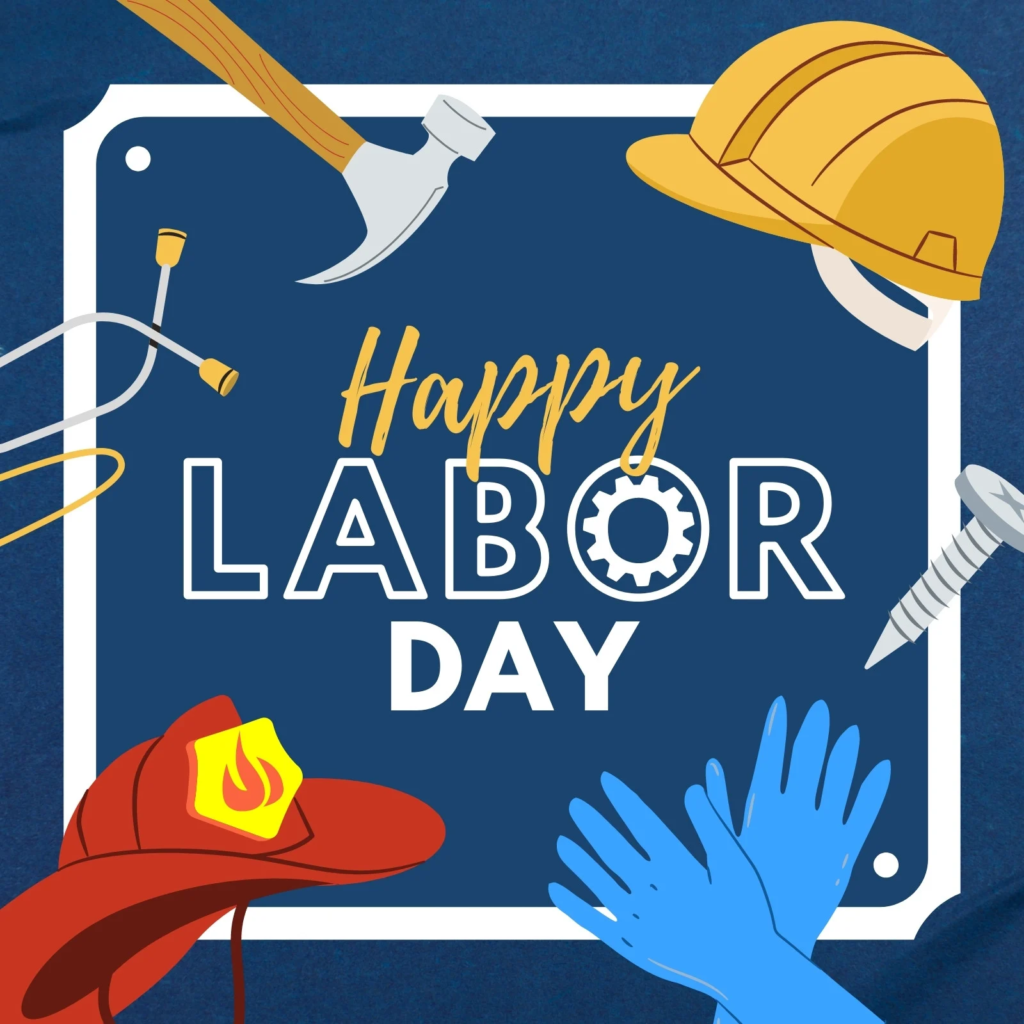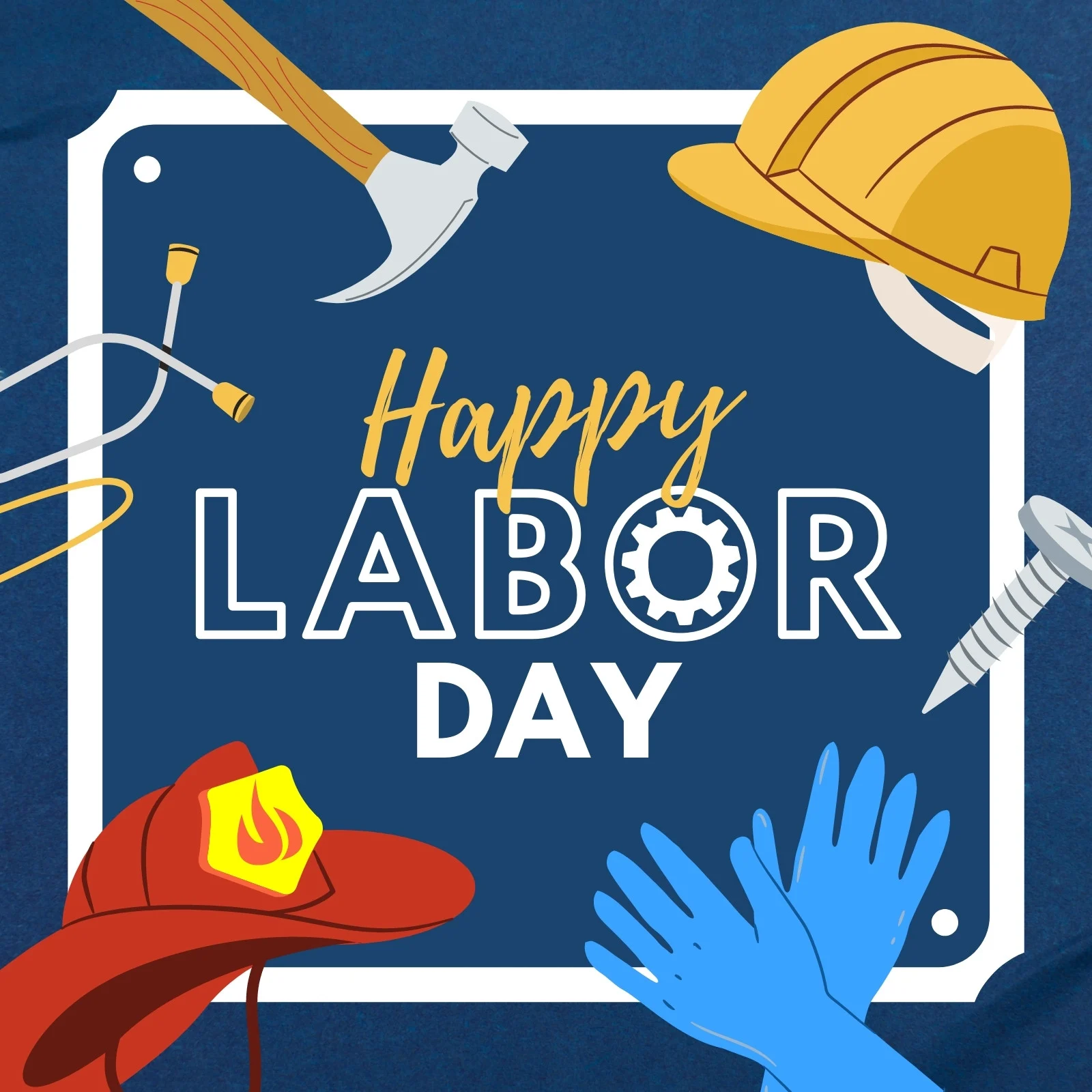
Table of Contents
- Introduction: More Than Just Wages
- The Industrial Revolution: Where It All Began
- The Rise of Labour Movements: Voices That Roared
- Legal Landmarks in Workers’ Rights
- Global Progress: Wins Across Borders
- Persistent Challenges: The Fight Isn’t Over
- The Indian Landscape: Growing But Grounded
- The Road Ahead: Rights in a Digital World
- Final Reflection: What We Must Remember
1. Introduction: More Than Just Wages
Workers’ rights are not just about paychecks. They’re about dignity. About safety. About being seen not as a machine—but as a human. The journey to these rights has been long, layered, and often hard-won. And even now, the road is still under construction.
2. The Industrial Revolution: Where It All Began
The seeds of workers’ rights were sown during the Industrial Revolution, a time when factories boomed—and so did exploitation. Children worked 12-hour shifts. Men lost fingers to machines. Women were paid half the wage for double the load.
Back then, there were no sick leaves, no lunch breaks, and no protection. Workers were dispensable. But eventually, they spoke up—and the world started listening.
3. The Rise of Labour Movements: Voices That Roared
In the 19th and early 20th centuries, labour unions began rising like waves. From the Chartist movement in the UK to the American Federation of Labor, workers started organizing, demanding, and protesting.
They asked not just for money—but for respect, time, safety, and fairness. Strikes, marches, and negotiations became the tools of change.
4. Legal Landmarks in Workers’ Rights
The push turned into policies. Some major milestones:
- 8-hour workday laws
- The abolition of child labour
- Workplace safety acts (like OSHA in the US)
- Maternity benefits
- Minimum wage regulations
- Right to unionize
These laws didn’t just fall from the sky—they were carved out of decades of pressure and protest.
5. Global Progress: Wins Across Borders
Across the world, countries began embedding worker protections into their legal frameworks:
- Germany introduced the world’s first social insurance system.
- Scandinavian nations set high benchmarks for work-life balance.
- ILO (International Labour Organization) became a global guardian of labour rights.
Yet, the pace of change has been uneven—some nations sprinting ahead, others still crawling.
6. Persistent Challenges: The Fight Isn’t Over
Even today, not every worker is protected. Challenges remain:
- Exploitation in informal sectors
- Gig workers without benefits
- Unpaid internships and overwork culture
- Wage theft and unsafe conditions
- Gender discrimination and harassment
Modern problems require modern protections—but the laws haven’t always caught up.
7. The Indian Landscape: Growing But Grounded
In India, labour reforms have taken shape over decades. From the Factories Act of 1948 to the recent Labour Codes, the country is evolving.
Yet issues like unregulated contract jobs, wage delays, unsafe construction work, and lack of legal literacy among workers still loom large. The urban-rural and formal-informal divide deepens the gap.
8. The Road Ahead: Rights in a Digital World
As we move into an AI-driven, gig-economy future, the definition of “worker” is changing.
- Who protects an app-based delivery rider?
- What happens when freelancers get ghosted by clients?
- Should AI replace humans without social cushioning?
These are the new frontlines of the workers’ rights movement.
9. Final Reflection: What We Must Remember
The story of workers’ rights is not a straight line. It is a spiral—of progress, pushbacks, and perseverance. Every holiday, every paycheck, every lunch break is a symbol of struggle turned into structure.
The journey continues. Because rights, once won, must still be defended. And progress must never be taken for granted.

